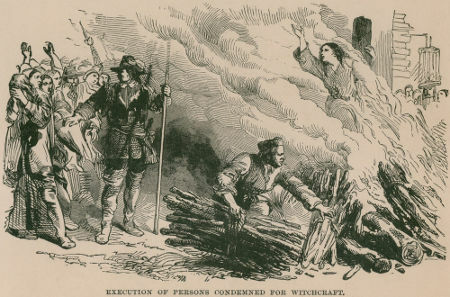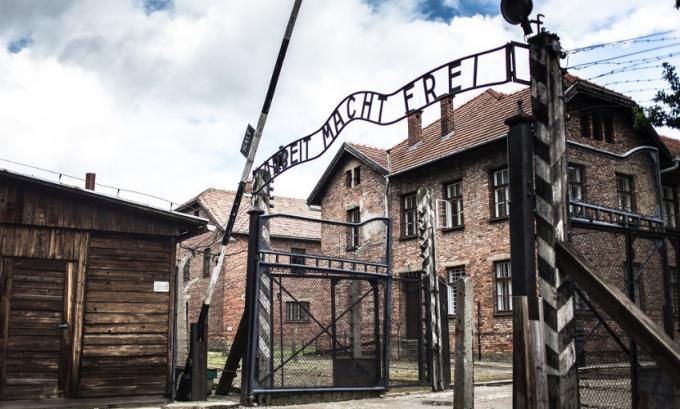Launched in 1977, the children's album “Os saltimbancos” was a project composed by important figures in Brazilian popular music. Among other names, we highlight the figures of Chico Buarque, Nara Leão, Vinicius de Moraes and Miúcha as those involved in this project. The inspiration for this record appears as an adaptation of the literary work “The musicians of Bremen”, created by the legendary brothers Jacob and Wilhelm Grimm.
This work deals with the union of a group of animals against the exploitation carried out by their bosses. Throughout the songs we see that each one of the animals sings their anguish and decides to get together so that they would have the opportunity to change the course of their lives. The protagonists involved are a donkey, a dog, a chicken and a cat. Each one complains about the exploitation they suffered and they count on their differences to become free.
Overall, this work has an interesting elaboration and very efficiently explores the use of playful elements. Children grasp the story with great ease and can learn about very important values. Issues such as unity, solidarity, justice and diversity are some of the concepts that the acrobats' narrative manages to convey to those who have the opportunity to appreciate it. However, we cannot understand that “Os acrobats” is a simple work designed for children.
The history of these animals has a very important relationship with the historical context lived in Brazil at that time. When talking about union, exploitation and justice, the animals that figure in this fable gave voice to a series of political issues that marked the Brazilian military regime. Not having the freedom to openly oppose the government of the time, it was common for artists to use aesthetic elements and resources that indirectly expressed their opinions.
We realized that “Os Saltimbancos” is a rich historical document capable of marking adults and children. For the children's universe, we perceive the construction of a didactic tool capable of introducing the reflection of very interesting values for the formation of the little ones. For adults, a work that today attests to the lack of artistic freedom that imposed challenges and strategies to speak what was thought at that time. Thus, we have a rich universe of educational and historical issues to be noted through this memorable record.
By Rainer Gonçalves Sousa
Kids School Collaborator
Graduated in History from the Federal University of Goiás - UFG
Master in History from the Federal University of Goiás - UFG


